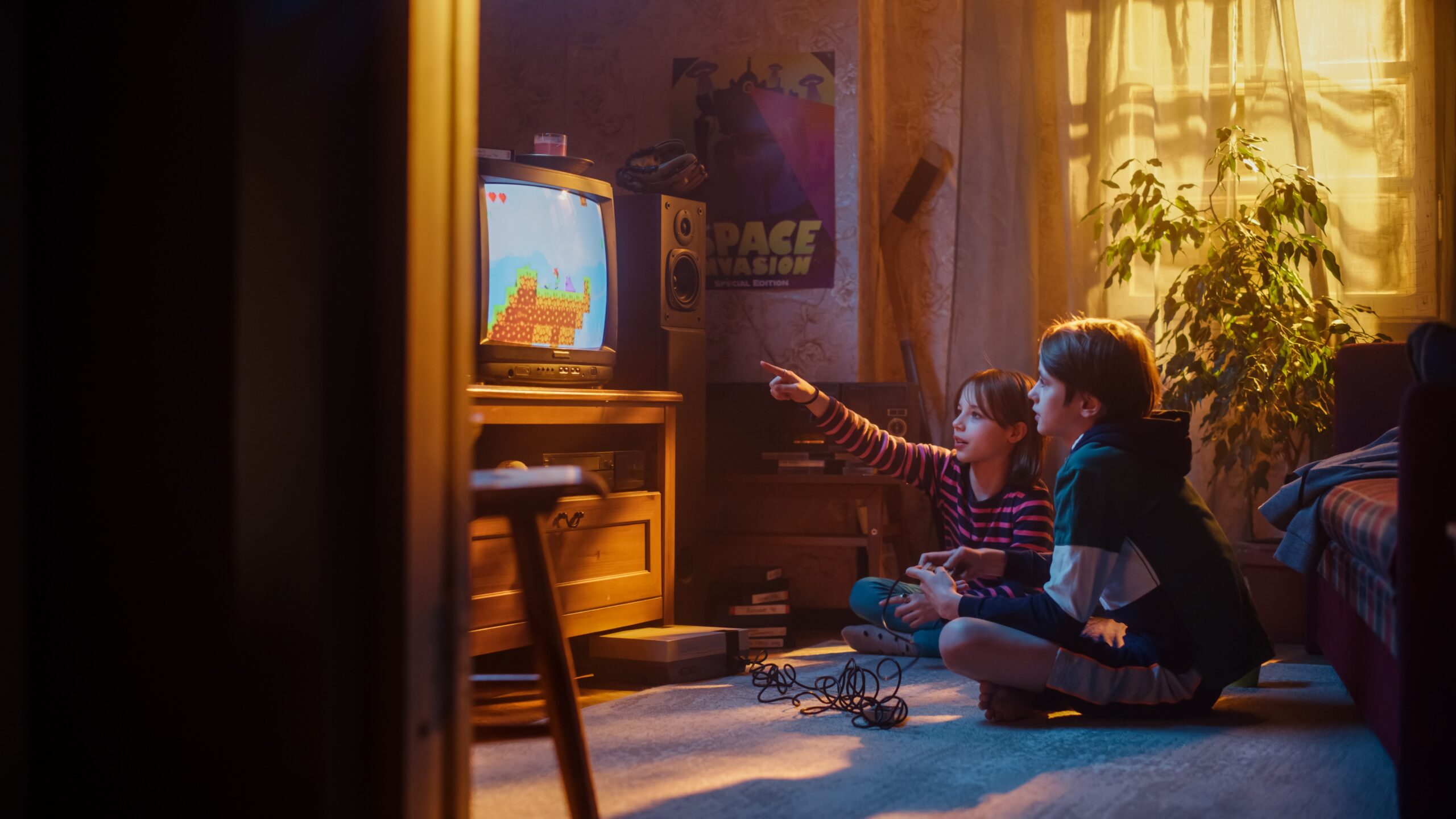The Retro Revolution
Looking at the Trend of Nostalgia In Advertising
By: Brandon Guarro, Growth & Innovation Manager
In the ever-evolving landscape of marketing, one strategy has stood the test of time and continues to captivate audiences worldwide: nostalgic marketing. Harnessing the power of cherished memories and sentimental connections, nostalgic marketing has emerged as a potent tool for brands seeking to forge deep, lasting relationships with consumers.
A recent study conducted by consulting firm Kantar revealed that a staggering 52% of consumers aged 12 to 29 prefer classic brands. Furthermore, a remarkable 81% of these young consumers expressed their fondness for brands that resurrect products and trends from their childhood. These statistics underscore a profound truth: nostalgia holds a special place in the hearts of consumers, particularly among younger demographics.
Nostalgic marketing taps into the collective yearning for the past, evoking feelings of warmth, familiarity, and nostalgia for bygone eras. It transports consumers back to simpler times, reigniting cherished memories and emotional connections associated with childhood, pop culture phenomena, or historical moments.
In an age characterized by rapid technological advancements and constant change, nostalgia offers a comforting refuge—a way for individuals to anchor themselves amidst the chaos of modern life. As such, brands that effectively leverage nostalgic marketing can tap into a powerful wellspring of emotion, fostering deep connections with their target audience.
One prime example of a brand that has masterfully embraced nostalgic marketing is Coca-Cola. With its iconic red-and-white branding and timeless advertising campaigns, Coca-Cola has successfully evoked feelings of nostalgia spanning generations. Take, for instance, their “Share a Coke” campaign, which personalized Coca-Cola bottles with popular names—a simple yet effective strategy that harkened back to childhood memories of finding personalized souvenirs in gift shops.
Another standout example is Nintendo, a company that has capitalized on the nostalgia of its loyal fanbase through products like the NES Classic Edition and SNES Classic Edition. By reimagining classic gaming consoles and remastering classic games from the 80s and 90s, Nintendo has tapped into the nostalgia of older gamers while introducing younger audiences to beloved retro titles—a strategy that proved immensely successful in driving sales and reinforcing brand loyalty.
Moreover, nostalgic marketing isn’t limited to traditional mediums like television commercials or print advertisements. In the digital age, social media platforms offer brands a unique opportunity to connect with consumers through nostalgic content. Platforms like Instagram and TikTok have become fertile ground for nostalgia-driven campaigns, with brands leveraging throwback photos, vintage aesthetics, and nostalgic memes to engage audiences and spark conversations.
So, what makes nostalgic marketing so effective in today’s world?
Secondly, nostalgic marketing fosters a sense of comfort and emotional authenticity—two qualities that are increasingly valued by consumers in an era dominated by digital advertising and influencer culture. By tapping into shared cultural memories and experiences, brands can position themselves as genuine, relatable, and trustworthy—a crucial advantage in an age of skepticism and brand fatigue.
Nostalgic marketing represents a timeless strategy for brands looking to make a lasting impact in today’s hypercompetitive marketplace. By harnessing the power of nostalgia, brands can forge deep emotional connections with consumers, drive engagement, and ultimately, inspire brand loyalty that stands the test of time.
At &Barr, we understand the transformative potential of nostalgic marketing and can help your brand harness the power of nostalgia to captivate audiences and drive meaningful results. Get in touch with us today to learn more about how we can elevate your brand through the art of nostalgic storytelling.
